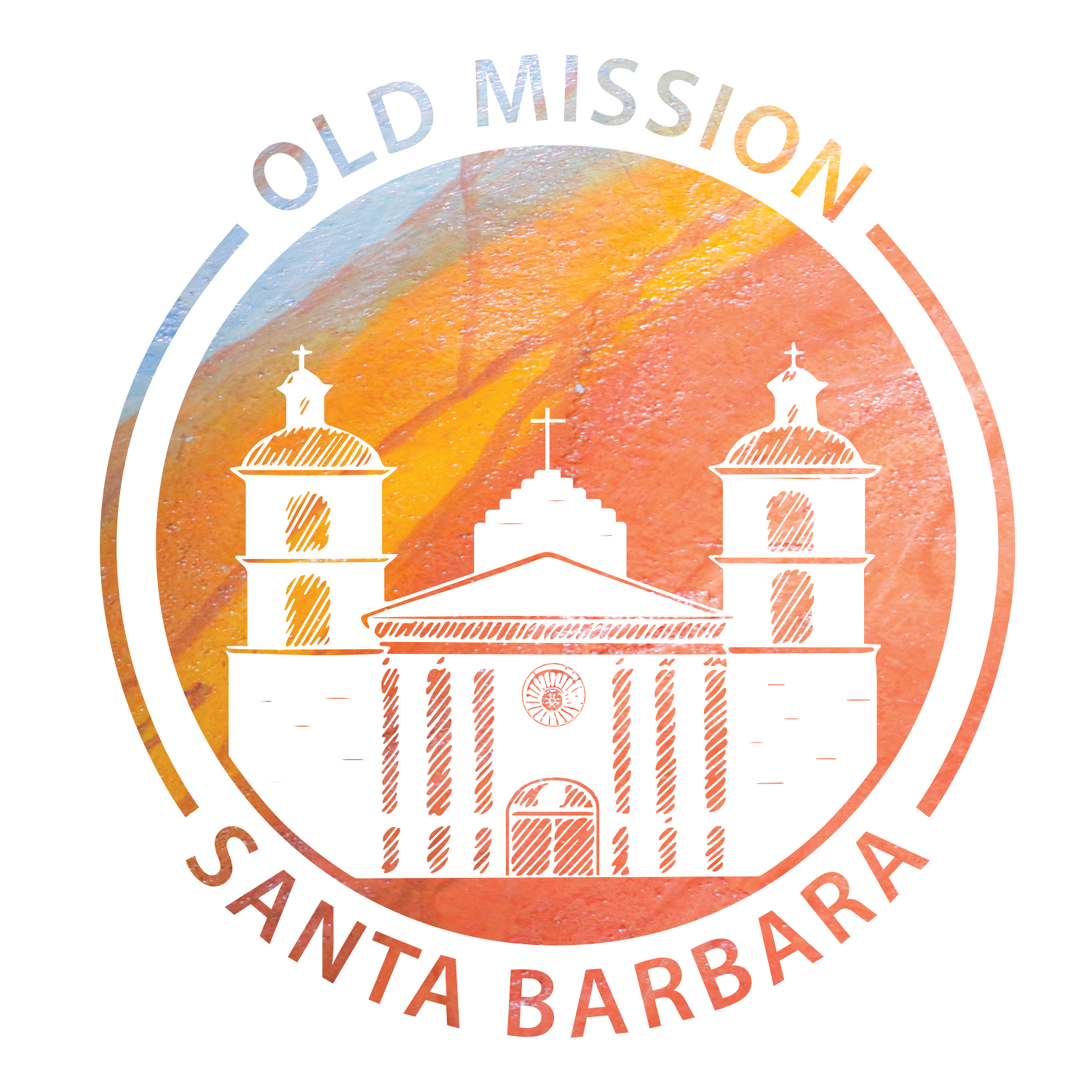Old Mission Santa Barbara Tour:
“The Inside Story”
Gallery and Chumash Altar
The Gallery houses historic photos beginning with the oldest known photo of this Mission in the 1800s. These precious photos give you a feeling of the times, a Chumash woman washing clothing at the lavanderia, the last Chumash couple living at the Mission, a Chumash chief posing etc. A copy of the document President Lincoln signed returning the Mission Santa Barbara to the Catholic Church is displayed. Mission Santa Barbara and Mission San Luis Rey are the two remaining Missions still owned by the Franciscan Friars of California. Mission La Purísima and Mission San Francisco Solano have state park designations. The remaining 17 Missions are managed by their local Catholic diocese. These works of art include paintings of saints after whom some of the Missions are named.
In the next room, the only surviving Chumash-made altar and tabernacle of the California Missions is viewable through the plexiglass doorway. Tradition says it was the first altar dating to 1789, three years after our founding and the year of completion of the first adobe church. A cross-cultural piece, it uses red, the sacred color of the Chumash, and abalone inlays also used by the Chumash for decoration of sacred objects. It is made of wood (probably redwood) and the images across the top tells the story of Christ's crucifixion. The mirrors were used to reflect the altar candles and also afforded the Priests a view of the attendees during Mass. The original bolts are lead. They are intended to hold up the antependium or decorated cloth hung to signal the religious season (purple during Lent, red for martyr's feast days, white for Easter, etc.) A grey board covers where the altar stone was once placed. Altar stones are put into all Catholic Church altars and typically contain a relic, or special artifact, of a Saint.
Above the altar is The Glory, a gold leaf sunburst representing the glory of God. It was intended to reflect the sunrise on the Winter Solstice or Kakunupmawa as the Chumash called their most important celebration of the solstice. The Mission church is specifically oriented to the sunrise on the winter solstice so the dawn’s rays on that day stream through the front window and strike the altar and Glory.

